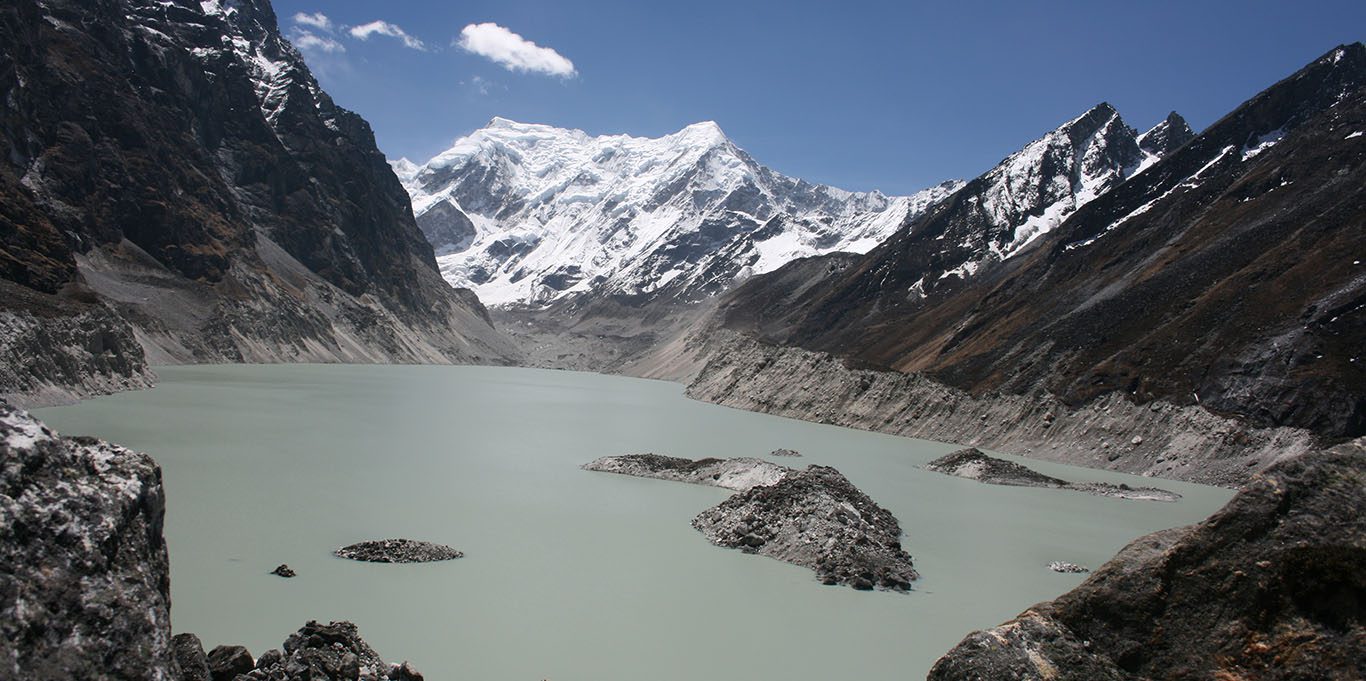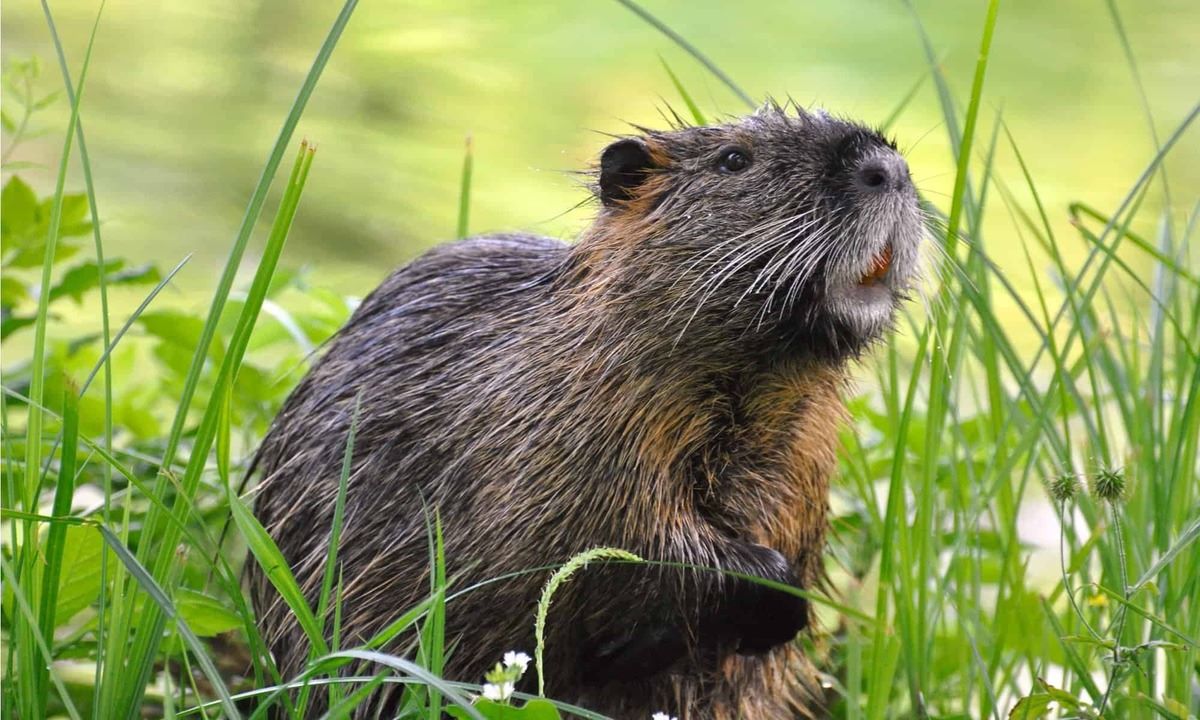
Superglacial lakes are a fascinating natural phenomenon that are gaining attention for their incredible beauty and scientific significance. These lakes, formed on the surface of glaciers, are a result of melting ice and accumulating water in depressions or crevasses. While they may appear serene and tranquil, the impact that these lakes have on glacier dynamics and climate change is truly astounding.
In this article, we will explore 13 unbelievable facts about superglacial lakes that will leave you in awe. From their stunning colors to their role in glacial retreat, these lakes offer a window into the world of glaciers and the profound changes taking place in our environment. So, prepare to be amazed as we delve into the extraordinary world of superglacial lakes and uncover the secrets they hold.
Key Takeaways:
- Superglacial lakes are stunning bodies of water formed on glaciers, varying in size and color, but can be dangerous and play a crucial role in the Earth’s water cycle.
- These lakes provide valuable insights into climate change, glacier dynamics, and ecosystem diversity, constantly evolving and shaping the landscapes they inhabit.
Superglacial lakes are formed on the surface of glaciers.
Superglacial lakes, also known as glacier lakes or meltwater lakes, are formed when the surface of a glacier melts, creating pools of water.
They can be found in various parts of the world.
Superglacial lakes can be found in regions with glaciers, including polar regions, mountainous areas, and high-altitude regions.
They can vary in size and shape.
Superglacial lakes can range in size from small ponds to large bodies of water spanning several kilometers in length. They can also have irregular shapes due to the shifting and melting of the glacier.
Some of these lakes have stunning blue colors.
Due to the presence of glacial flour, which is fine-grained particles of rock carried by the glacier, some superglacial lakes exhibit stunning blue hues that make them incredibly picturesque.
Superglacial lakes can pose dangers to hikers and climbers.
These lakes are known to drain rapidly, causing catastrophic floods that can endanger individuals exploring the surrounding areas.
They play a vital role in the Earth’s water cycle.
The water from superglacial lakes eventually makes its way to rivers and oceans, contributing to the global water cycle.
Superglacial lakes can reveal valuable information about climate change.
Scientists study the size and behavior of superglacial lakes to understand the effects of climate change on glaciers and ice sheets.
Some superglacial lakes have unique ecosystems.
These lakes can support diverse flora and fauna, with microorganisms and plants adapting to the extreme conditions of the glacier environment.
Superglacial lakes can cause glaciers to melt faster.
When the water from the lakes accumulates on the glacier’s surface, it can accelerate the melting process, leading to increased ice loss.
Superglacial lakes can act as lenses for studying glacier dynamics.
Scientists use remote sensing techniques to study the movement and behavior of glaciers by observing superglacial lakes and their changes over time.
They can form intricate networks on the surface of glaciers.
Superglacial lakes can connect with each other, forming a complex network of water channels on the surface of the glacier.
Superglacial lakes are indicators of glacier health.
The presence and behavior of superglacial lakes can provide insights into the overall health and stability of a glacier.
These lakes are constantly evolving.
Due to the dynamic nature of glaciers, superglacial lakes are continually changing in size, shape, and location, making them fascinating and ever-evolving natural phenomena.
Conclusion
In conclusion, the world of superglacial lakes is a fascinating and awe-inspiring phenomenon. These lakes, found on the surface of glaciers, contribute to our understanding of the changing climate and the dynamics of glaciers. From their breathtaking beauty to their crucial role in studying glacier behavior, there is much to learn from these remarkable bodies of water.
As we continue to explore and study superglacial lakes, we can expect to uncover even more unbelievable facts and insights. The interaction between these lakes and glaciers holds the key to understanding the past, present, and future of our planet. So next time you come across a superglacial lake, take a moment to appreciate the wonders that lie beneath the fragile surface.
FAQs
Q: What are superglacial lakes?
A: Superglacial lakes are bodies of water that form on the surface of glaciers. They are formed through a combination of melting ice and the accumulation of water from various sources.
Q: How do superglacial lakes form?
A: Superglacial lakes mainly form due to the melting of ice on the surface of glaciers. This can be caused by natural factors like solar radiation and atmospheric temperature, as well as human-induced climate change.
Q: Why are superglacial lakes important?
A: Superglacial lakes play a crucial role in understanding glacier dynamics and the impact of climate change. They provide insights into the melting patterns and behavior of glaciers and contribute to studies on sea-level rise.
Q: Where are superglacial lakes found?
A: Superglacial lakes can be found in various parts of the world, particularly in regions with extensive glacial coverage like Antarctica, Greenland, the Himalayas, and the Andes.
Q: How big can superglacial lakes get?
A: Superglacial lakes can vary in size, ranging from a few meters to several kilometers in diameter. Some of the largest superglacial lakes can even hold billions of liters of water.
Q: Are superglacial lakes permanent?
A: Superglacial lakes are generally temporary and can appear and disappear throughout the year. They are heavily dependent on seasonal factors and changing weather conditions.
Q: Are superglacial lakes dangerous?
A: While superglacial lakes in themselves are not inherently dangerous, they can pose risks for researchers and explorers due to the instability of the ice surrounding them. It is important to approach them with caution.
Q: Can superglacial lakes show signs of climate change?
A: Yes, superglacial lakes are valuable indicators of climate change. The presence and behavior of these lakes can provide valuable data on the melting rates of glaciers and the overall health of the cryosphere.
Q: Do superglacial lakes affect sea-level rise?
A: Yes, superglacial lakes contribute to sea-level rise when their water drains into the underlying glacier and eventually flows into the oceans. The melting of glaciers and their associated lakes is a significant factor in global sea-level rise.
Q: Are there any unique species that thrive in superglacial lakes?
A: Some superglacial lakes have been found to support microbial life, despite the harsh conditions. These microorganisms can contribute to important ecological processes within the lake systems.
Q: Can superglacial lakes act as storage for freshwater?
A: While superglacial lakes do contain freshwater, their transient nature and susceptibility to melting prevent them from serving as reliable long-term sources of freshwater storage.
Q: How do scientists study superglacial lakes?
A: Scientists employ various techniques to study superglacial lakes, including remote sensing, satellite imagery, and field observations. These methods provide valuable insights into the behavior and dynamics of these unique water bodies.
Q: Can superglacial lakes shrink or disappear completely?
A: Yes, superglacial lakes are highly dynamic and can shrink or disappear completely depending on environmental conditions. Their existence is closely linked to the melting and freezing processes occurring on the glacier surface.
Was this page helpful?
Our commitment to delivering trustworthy and engaging content is at the heart of what we do. Each fact on our site is contributed by real users like you, bringing a wealth of diverse insights and information. To ensure the highest standards of accuracy and reliability, our dedicated editors meticulously review each submission. This process guarantees that the facts we share are not only fascinating but also credible. Trust in our commitment to quality and authenticity as you explore and learn with us.


